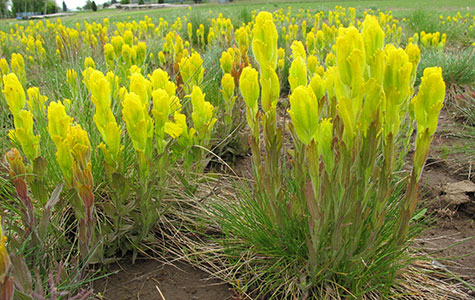
Restoring destroyed or damaged ecosystems is necessary to tackle global issues like climate change, soil health, clean water, and biodiversity loss. Highlighting its global importance, the United Nations has declared the next decade (2021–2030) the Decade on Ecosystem Restoration. Research conducted by scientists at the Chicago Botanic Garden is focused on making ecosystem restoration as successful as possible by understanding how to restore resilient plant populations that can cope with current conditions and adapt to changes over time. “Unfortunately, restoring resilient plant populations is not as easy as throwing seeds on the ground and waiting for them grow,” notes Andrea Kramer, Ph.D., the Chicago Botanic Garden’s director of restoration ecology. She explains that, “if seeds used in a restoration are not genetically diverse, restored populations are unlikely to be able to deal with changing day-to-day conditions at a site—think polar vortexes followed by record heat in February—let alone adapt to changing climates over time. Yet, to date, very little research is available to ensure that genetically diverse seeds can be efficiently and effectively produced and used to restore resilient plant populations.” To address this issue, Garden scientists teamed up with researchers from the University of Washington and the Institute for Applied Ecology to identify the most effective approaches for producing and using genetically diverse seed in a restoration. They provided the first conclusive evidence that not all approaches work equally well. These results are informing how seeds will be produced for restoration in the future. This project was the master’s thesis research of Adrienne Basey St. Clair, a student in the Garden’s joint graduate program in plant biology and conservation with Northwestern University, and was recently published in the peer-reviewed journal Restoration Ecology. Full article: https://onlinelibrary.wiley.com/doi/abs/10.1111/rec.13131
Photo by Tom Kaye: A population of golden paintbrush (Castilleja levisecta) in full flower.

